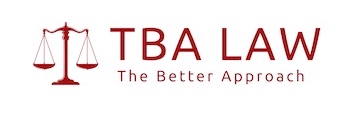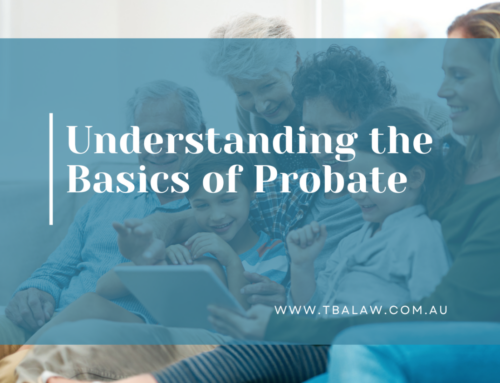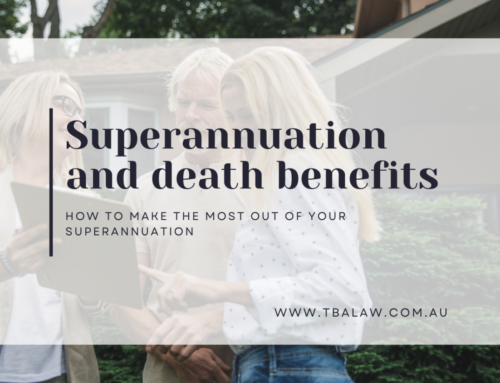If you have a SMSF, what other documents should you have?
Superannuation is holding more and more of our wealth. If you have a self-managed superannuation fund (SMSF), you have an more immediate responsibility to make sure that it operates correctly, and that you have considered all the succession factors you need to.
The Trustee
The trustee is who has control of the SMSF. It can be the individual members, or it could be a trustee company. I tend to recommend a trustee company, because the registered names on assets don’t have to change when the individuals involved change.
Sally and Sam have a SMSF, and they are both the individual trustees of the fund. If Sally were to die, then Sam would need to appoint another trustee to the fund, because there must be at least two trustees, even if there’s only one member in the fund. The difficulty arises when one of Sally and Sam’s children are appointed as the second trustee, but they are left standing with the control of all the superannuation investments once Sam dies as well. There is often no obligation on the remaining trustee to take care of their siblings.
Even is Sally and Sam appointed a special purpose company as the trustee of their SMSF, there needs to be two directors of that company, even after Sally dies. So a similar problem arises if one only of the children are appointed to control the trustee company.
Members with large SMSFs need to take careful consideration about who ends up in control of their fund, because they will have certain wishes for their superannuation which they will want upheld.
The Beneficiaries
One way of making sure that a trustee does what you want with your superannuation, is to make a binding death benefit nomination. This can cover both a reversionary pension, as well as the lump sum in the fund, depending on the beneficiary’s choice.
 A binding nomination will bind the last standing trustee to do with your super exactly what you want. With most SMSFs, a binding death benefit nomination is non-lapsing. So you will also want to make sure that you regularly review it, to make sure that it remains as you wish.
A binding nomination will bind the last standing trustee to do with your super exactly what you want. With most SMSFs, a binding death benefit nomination is non-lapsing. So you will also want to make sure that you regularly review it, to make sure that it remains as you wish.
There are only certain categories of people that can receive a binding death benefit directly from a superannuation fund, so make sure you get legal advice before completing this form. If you want other people to receive your superannuation, outside of these categories, then you will need to have your superannuation go into your estate and via your Will.
Powers of Attorney
More and more these days, our bodies are outlasting our minds. We often appoint attorneys through an Enduring Power of Attorney, to take care of our affairs once we can no longer do so. That attorney can then deal with your superannuation, which is something that is often not considered thoroughly.
You will want to make sure that your attorney has the power to renew your binding death benefit nomination, but not to cancel or change it. You would not want your attorney to be able to redo your binding death benefit nomination and pay all your superannuation to themselves.
In some circumstances, an attorney may also be able to take superannuation our of your fund, for your own use, whilst you’re still alive. It is important to select the right person to act in such a role, because there can be broader estate planning considerations if more assets are outside super. Once you have lost capacity, you cannot do another Will to take into consideration the change in circumstances.
Will
Finally, no estate planning is complete without a Will that takes into consideration an equalisation of superannuation through the residue of the estate. This needs to be thought about in detail, whether the superannuation is paid into the estate and goes through the Will, or whether the superannuation is paid directly to beneficiaries and needs to be evened out through the Will so that beneficiaries all get an equal benefit.





Leave A Comment